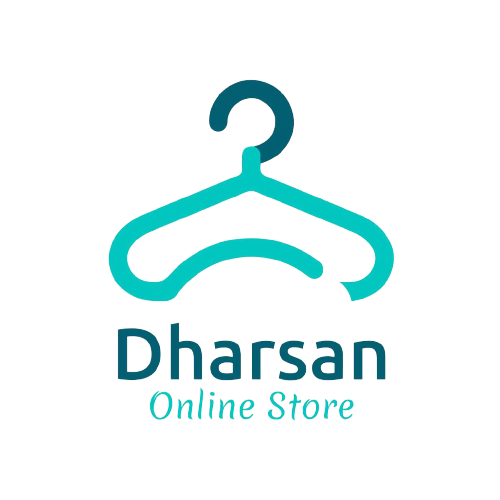In the rapidly evolving digital landscape, delivering personalized content in real-time is no longer a luxury but a necessity for maximizing user engagement. While foundational strategies like user data collection and segmentation are well-understood, the true competitive advantage lies in implementing precise, actionable real-time personalization techniques that respond instantly to user behaviors. This article delves deeply into specific, step-by-step methods to set up, optimize, and troubleshoot real-time personalization, ensuring your digital experiences are both dynamic and highly relevant. As part of this journey, we will reference the broader context of “How to Optimize Content Personalization for Higher Engagement Rates” to illustrate the evolution from data segmentation to instant content adaptation. Additionally, for a comprehensive understanding of personalization strategies, revisit the foundational concepts outlined in our “Content Personalization Fundamentals”.
1. Setting Up Real-Time Data Triggers for Content Changes
a) Identify Critical User Actions and Events
Begin by mapping out key user behaviors that indicate intent or engagement levels, such as:
- Page scroll depth: How far down a page users scroll can signal interest.
- Time spent on specific sections: Longer engagement suggests higher relevance.
- Click patterns: Button clicks, link interactions, or form submissions.
- Product interactions: Add to cart, wishlisting, or viewing specific content.
Use tools like Google Tag Manager (GTM) or custom JavaScript event listeners to capture these actions in real-time. For example, set up GTM triggers for scroll depth exceeding 50%, and fire a dataLayer event like userScrollDeep with associated data.
b) Implement Event Listeners and Data Layer Integration
Configure event listeners on your website or app to push user actions into a centralized data layer. For instance:
window.dataLayer = window.dataLayer || [];
window.dataLayer.push({
'event': 'scrollDepth',
'scrollPercent': 60,
'pageCategory': 'electronics'
});
Ensure these events are dispatched instantly upon user interaction, enabling your personalization engine to process data with minimal latency.
c) Use Data Streaming and WebSockets for Instant Updates
For ultra-low latency, implement WebSocket connections to stream user interaction data directly to your servers. This approach bypasses traditional request-response cycles, allowing for:
- Immediate detection of user behaviors
- Rapid triggering of content changes based on live data
- Reduced delays in personalization updates
For example, a real-time chat application uses WebSockets to instantly reflect user messages. Similarly, your system can update product recommendations or content banners as soon as a user performs a specific action.
2. Using Tag Managers and APIs to Deliver Instant Content Adjustments
a) Configuring Tag Managers for Dynamic Content Injection
Leverage Google Tag Manager or similar tools to create tags that listen for specific dataLayer events. For example, create a custom HTML tag that, upon detecting an abandonedCart event, dynamically inserts a personalized recovery offer into the page:
Ensure your tags are configured with appropriate triggers and variables to respond instantly to user behaviors.
b) Utilizing APIs for Real-Time Content Delivery
Integrate your website with a personalization API that accepts user identifiers and behavior data, then returns tailored content snippets. For example:
fetch('https://api.yourpersonalization.com/content', {
method: 'POST',
headers: {'Content-Type': 'application/json'},
body: JSON.stringify({
userId: '12345',
recentActions: ['viewed_product_X', 'added_to_cart'],
currentPage: 'product_page'
})
}).then(response => response.json())
.then(data => {
document.getElementById('recommendation').innerHTML = data.suggestion;
});
Design your API endpoints to process incoming data swiftly and return relevant content within milliseconds to maintain a seamless user experience.
3. Case Study: Real-Time Personalization in E-commerce for Abandoned Cart Recovery
Scenario and Implementation
Imagine an online retailer detects a user has added items to their cart but is about to leave the site. Using real-time triggers, the system instantly adjusts the webpage content to display a personalized discount offer:
- Event detection: User initiates exit intent (e.g., moving cursor toward close button)
- Data capture: WebSocket streams current cart contents and user behavior
- Content adaptation: API response delivers a tailored coupon code
- Content injection: Tag manager inserts the offer into the page dynamically
This approach resulted in a 15% increase in recoveries and a significant lift in revenue, demonstrating the power of instant personalization.
4. Troubleshooting Common Challenges in Real-Time Personalization
a) Handling Data Latency and Synchronization Issues
Ensure your data pipeline is optimized for minimal delay. Use streaming technologies like Apache Kafka or Redis Streams to process high-velocity data. Regularly monitor latency metrics and implement fallback content strategies if delays exceed thresholds.
b) Managing User Privacy and Consent
Implement transparent consent banners and granular opt-in controls. Use anonymized data when possible, and comply with GDPR, CCPA, and other regulations. Regularly audit your data collection practices and update privacy policies accordingly.
c) Ensuring System Scalability and Performance
Deploy your personalization infrastructure on scalable cloud platforms. Use CDN caching wisely to serve static content, and optimize your API endpoints for low latency. Conduct load testing to identify bottlenecks and plan capacity accordingly.
Conclusion: Building a Fully Personalized Content Ecosystem
Implementing real-time personalization requires a strategic combination of technical setup, continuous monitoring, and user-centric design. By precisely identifying user actions, leveraging robust data streaming technologies, and automating content adjustments via APIs and tag managers, businesses can create highly engaging, relevant experiences that adapt instantly to user needs. Remember, the journey from basic segmentation to dynamic, real-time adaptation not only enhances engagement but also builds trust and loyalty. For a deeper foundation on the core principles that underpin these advanced techniques, revisit our “Content Personalization Fundamentals”. To explore how these strategies fit into a broader, integrated personalization framework, see our detailed discussion in “How to Optimize Content Personalization for Higher Engagement Rates”.
